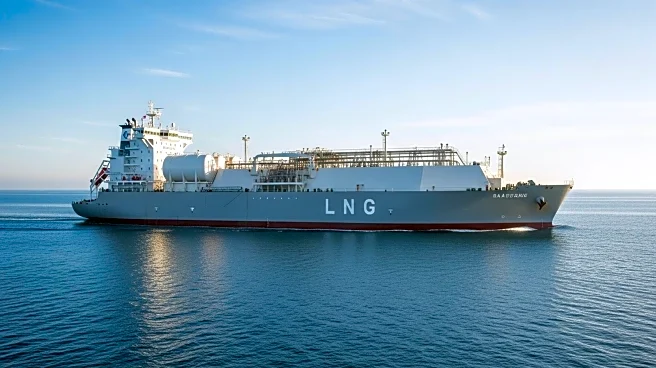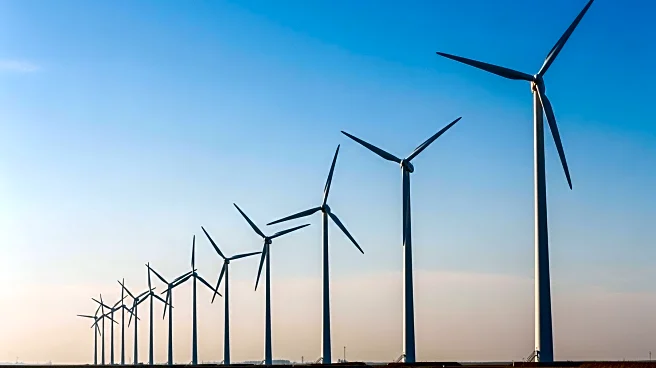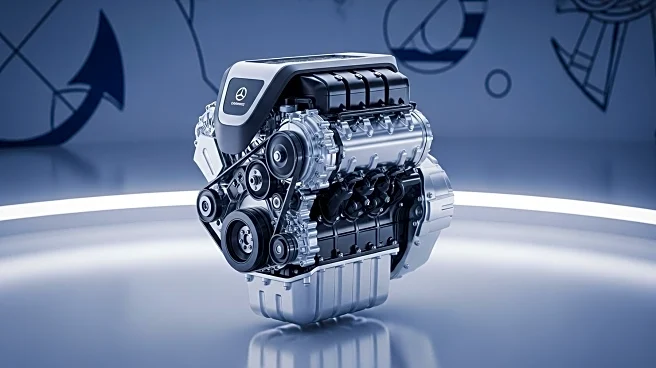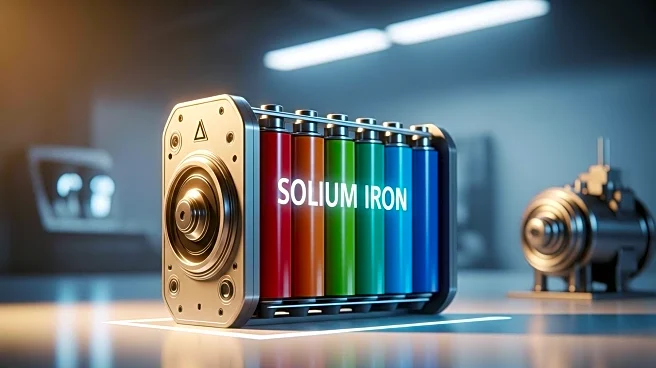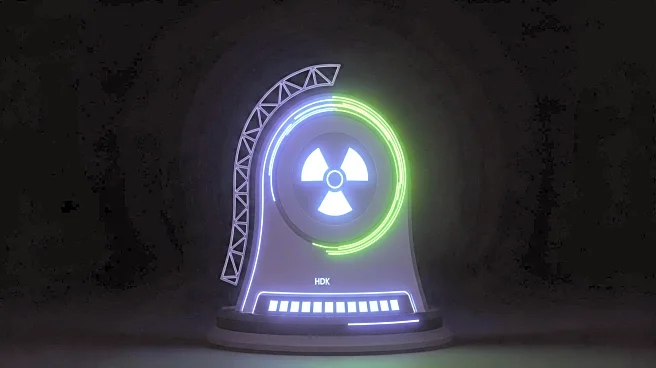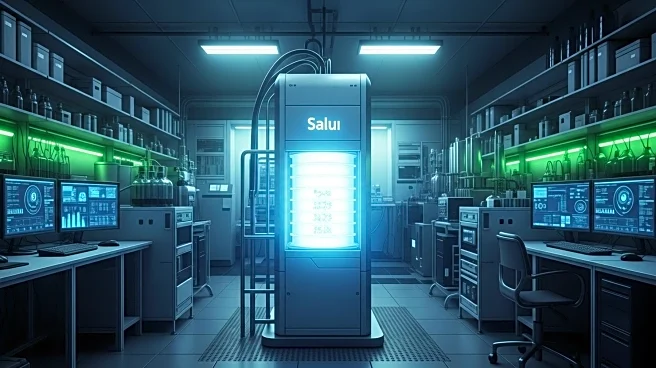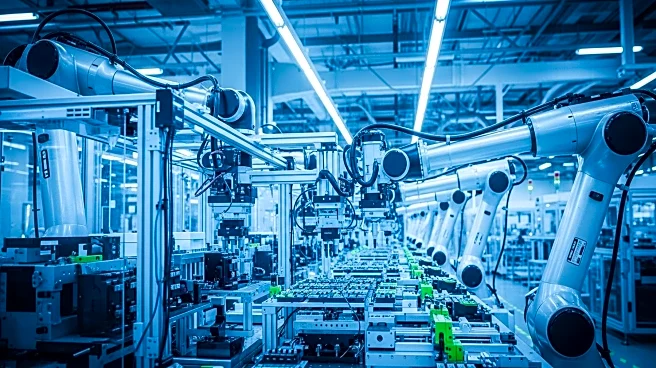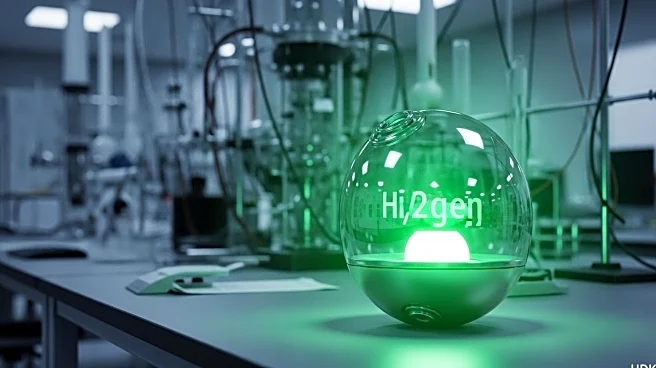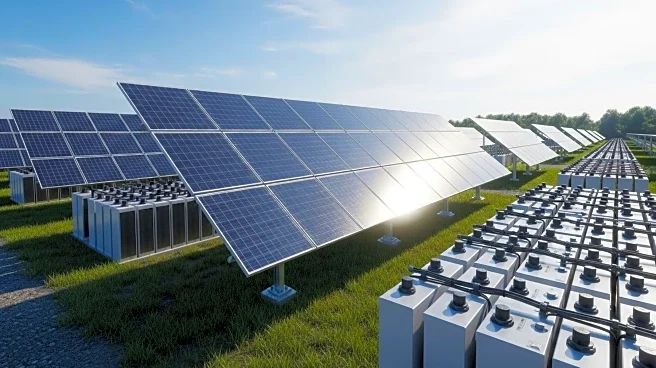What is the story about?
What's Happening?
Rystad Energy has released a comprehensive study on the greenhouse gas emissions from the LNG bunker supply chain, commissioned by SEA-LNG. The study provides detailed insights into the emissions from various lifecycle stages, including upstream production, transportation, liquefaction, shipping, and distribution. It reveals that upstream gas production and liquefaction are responsible for the majority of emissions, suggesting these areas should be the focus for future decarbonization efforts. The study emphasizes the need for regulations that incentivize reductions in GHG emissions across the LNG supply chain, particularly in methane mitigation and improved liquefaction technologies.
Why It's Important?
The findings of the study are crucial for shaping effective regulations and guiding investment decisions in the maritime industry as it transitions towards net-zero emissions. With LNG representing a leading alternative to oil-based marine fuels, understanding its lifecycle emissions is vital for policymakers to develop informed regulations that reflect the true carbon intensity of marine fuels. The study highlights the importance of using asset-specific data to accurately assess emissions, which can help avoid poorly informed regulatory choices and support the industry's decarbonization efforts.
What's Next?
The maritime industry is expected to continue its shift towards LNG as a cleaner alternative fuel, with nearly 20% of the vessel orderbook already comprising LNG-fueled vessels. Policymakers are urged to create regulations that reward emissions reductions across the supply chain and regularly update emissions factors used in regulation. The study suggests that improvements in liquefaction emissions, coupled with electrification projects using renewable energy, will likely continue, supporting the industry's transition to more sustainable practices.
AI Generated Content
Do you find this article useful?
